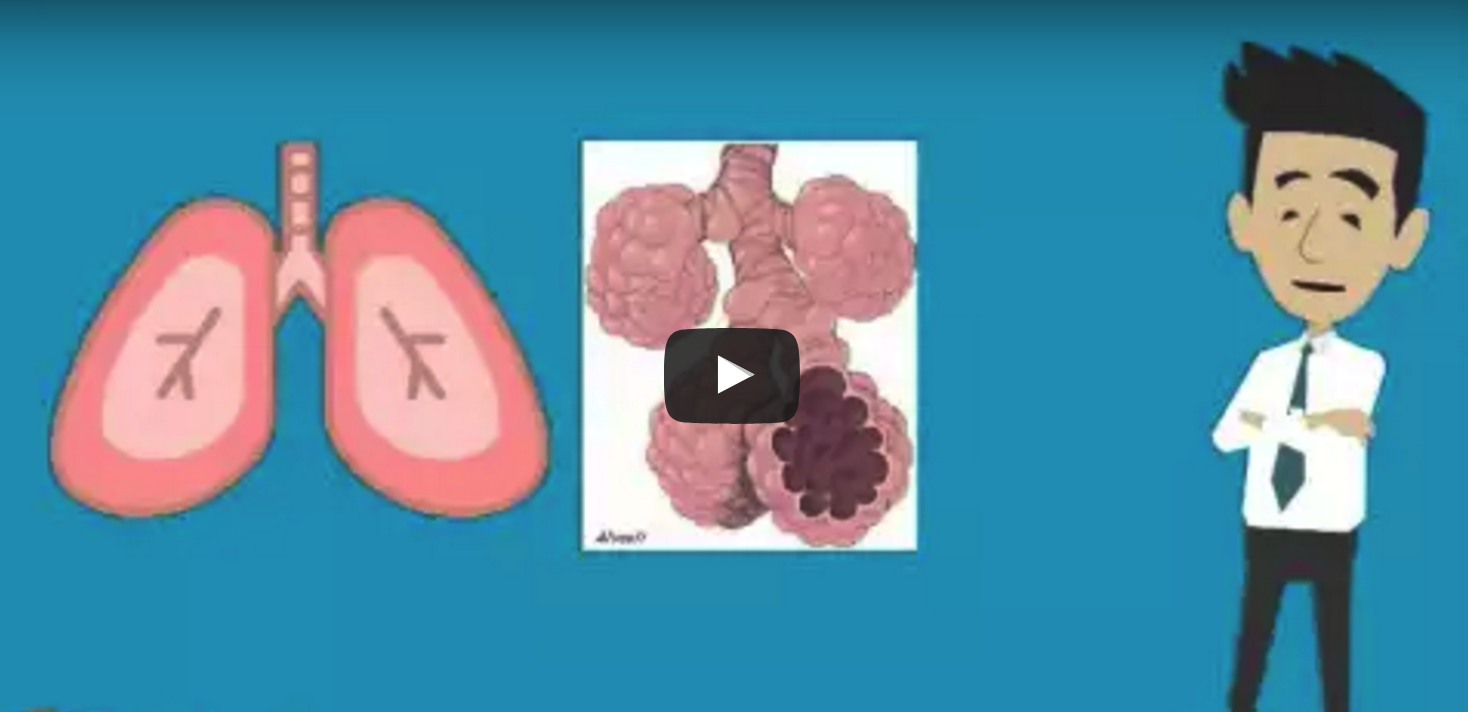
Scleroderma
Who We AreThe Scleroderma Foundation is a federally qualified 501(c)(3) nonprofit dedicated to serving the needs of the scleroderma community. Our primary goal is to raise funds and awareness for our three-fold mission of support, education and research. All donations are qualified charitable donations to the fullest extent of the law. Our federal tax identification number is. All donations are gratefully accepted.
Systemic sclerosis (SSc, scleroderma) is the most serious form of the disease. This form of scleroderma can occur at any age but is most common in women of.
What is Scleroderma?Scleroderma, or systemic sclerosis, is a chronic connective tissue disease generally classified as one of the autoimmune rheumatic diseases. The word “scleroderma” comes from two Greek words: “sclero” meaning hard, and “derma” meaning skin. Hardening of the skin is one of the most visible manifestations of the disease.Can’t download It? Visit the to read the stories behind these headlines. To receive the eLetter every week.
Virtual Fundraising Event Dates. Virtual Support Group Meetings.
Webinar: Balancing Your Immune System: A Special Webinar on Nutrition for Scleroderma Patients, April 24, 3 p.m. Eastern. The guild 3 demo 2017. Video: Taking Care of Yourself at Home: Maintaining Hand and Face Mobility, April 16 Webinar Recording. Video: Scleroderma and Oral Health, Webinar Recording.
Ask Congress to Support Scleroderma Research. Tell Your Story. Webinar: Ticket to Work: Support on Your Journey to Employment, April 22, 3 p.m. Eastern. COVID 19 Information & Recommendations. Webinar: STaY Breathing! April 18, 25, May 2, 9, 16; 11 a.m.
Eastern. Clinical Trial Opportunities. ClinicalTrials.gov.
Not to be confused with. SclerodermaA type of localized scleroderma known asUsual onsetMiddle ageTypesLocalized,CausesUnknownFamily history, certain factors, exposure toBased on symptoms, blood tests,TreatmentMedication, (NSAIDs)PrognosisLocalized: Normal life expectancySystemic: Decreased life expectancyFrequency3 per 100,000 per year (systemic)Scleroderma is a group of that may result in changes to the,. The disease can be either localized to the skin or involve other organs in addition to the skin. Symptoms may include areas of thickened skin, stiffness, feeling tired, and poor blood flow to the fingers or toes with cold exposure. One form of the condition, known as, classically results in, problems, and.The cause is unknown; however, some suspect it may be due to an.
Risk factors include family history, certain factors, and exposure to. The underlying mechanism involves the abnormal growth of which is believed to occur as a result of the body's immune system attacking healthy tissues.
Diagnosis is typically based on a person's symptoms and may be supported by a or blood tests.While there is no cure, treatments may improve symptoms. Medications used include, and (NSAIDs). Outcomes depend on the extent of disease. Those with localized disease generally have a normal.
Challenge yourself and see how much you can win!FEATURES+ Realtime 3D Graphics.+ Virtual 3D Sound System.+ Simple to Play.+ Up to 8 runners per race.+ Preview horses/jockeys.+ Horse details with unique ability.+ Racing history (last 1).+ Turf track.+ Prevent device to sleep.+ Slow Motion.See game play video: to play Virtual Horse Racing 3D on PCDownload and Install Nox App Player Android Emulator. Virtual horse racing 3d. It's easy, exciting, fun, and highly addictive.

In those with systemic disease typical life expectancy is about 11 years from onset. Death is often due to lung, gastrointestinal, or heart complications.About 3 out of 100,000 people per year develop the systemic form. The condition most often begins in middle age. Women are more often affected than men.
Scleroderma was likely first described in 1753 by Carlo Curzio and then well documented in 1842. The term is from the Greek 'sklerosis' meaning 'hardness' and 'derma' meaning 'skin'.Treatment There is no cure for scleroderma, although relief of symptoms is often achieved. These include the following:. with vasodilators such as, inhibitors, local nitrates or.
Digital ulcers with inhibitors (e.g., ) or. Prevention of new digital ulcers with. Malnutrition, secondary to intestinal flora overgrowth with like.
with, with or without corticosteroids. with endothelin receptor antagonists, phosphodiesterase 5 inhibitors and prostanoids. Gastrooesophageal reflux disease with antacids or prokinetics. Kidney crises with andSystemic disease-modifying treatment with immunosuppressants is often used. Immunosuppressants used in its treatment include, intravenous, and the tyrosine kinase inhibitors, and.Experimental therapies under investigation include endothelin receptor antagonists, tyrosine kinase inhibitors, beta-glycan peptides,.